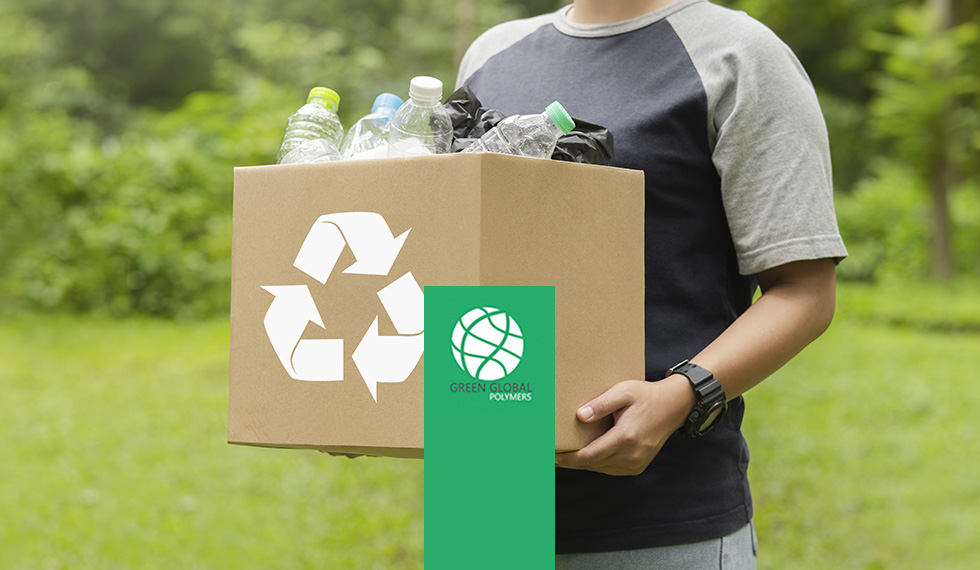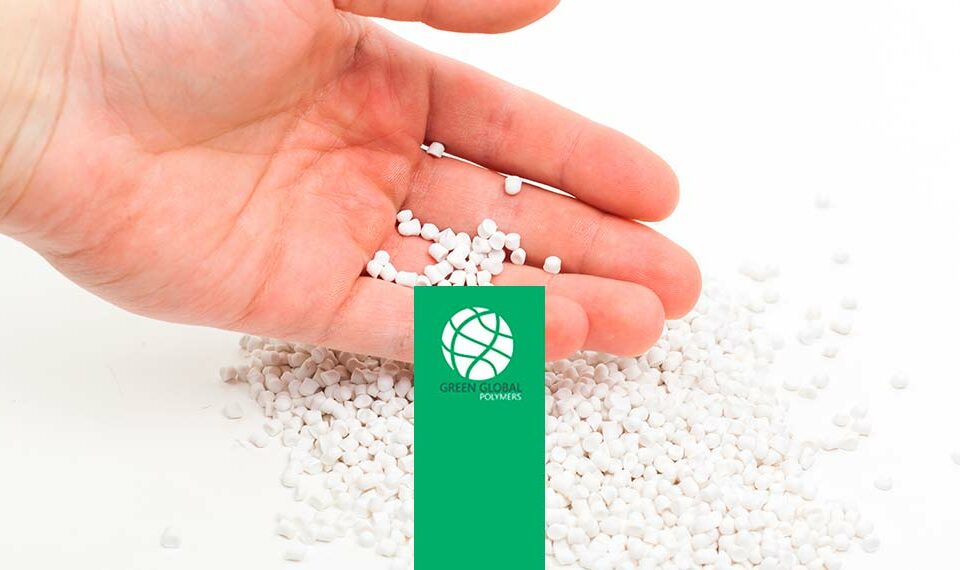
La importancia del reciclaje se hace más que evidente, ya que solo hace faltar ver como está afectando al clima o al medioambiente. Además, cada vez es más creciente el bombardeo de imágenes y campañas en los medios de comunicación sobre la necesidad inmediata de tener una actitud activa en el reciclaje y nos ponen en alerta frente a una situación que es necesario revertir de manera inmediata.
Toneladas de plásticos crean un nuevo paisaje en miles de mares y océanos, donde las especies animales están amenazadas y los vertederos acumulan residuos que el planeta no es capaz de degradar. Por desgracia, este es el panorama con el que nos encontramos aunque si ponemos entre todos de nuestra parte puede cambiar.
¿Cuáles son los principales motivos para reciclar plástico?
El motivo principal de reciclar plástico, sin duda, es porque los residuos plásticos tardan entre 100 y 1.000 años en degradarse, ya que componentes como el carbón y el plástico de lo que están mayoritariamente compuestos no se disuelve. Otro de los motivos principales, es que si reciclamos plástico consumiremos menos materias primas, recursos naturales y energéticos no renovables.
El plástico supone un más del 12% de la cantidad de residuos sólidos urbanos, y por tanto su acumulación es un grave problema para el planeta. A esto, se le suma el descubrimiento de partículas minúsculas de plástico como fibras, fragmentos o microperlas, en el interior de especies de agua dulce y salada, siendo un gran número de ellas habituales en nuestra dieta.
Es más, según estudios está asegurado que una persona puede ingerir más de 1oo partículas de microplástico en sus comidas. Aunque no se conocen con certeza los efectos, si que apunta a que pueden suponer un riesgo para la salud humana.
Relación entre el reciclaje de plástico y consumo de energía
Llevar a cabo una tarea de reciclaje disminuye el consumo de energía, lo que se traduce en menos emisiones de CO2 a la atmósfera, por tanto todo lo que trae el reciclaje de plástico es bueno en cualquier sentido. Gracias a ello, contribuimos a reducir el efecto invernadero, ya que cada kilo de plástico reciclado supone que se deja de expeler 1,5 kg de CO2.
Además, el plástico es un material que posee un alta capacidad calorífica ya que una botella que este correctamente procesada, puede generar energía suficiente para mantener una bombilla de 60W encendida durante una hora y media.
El reciclaje también es importante en el ámbito de la empresa, en particular en su imagen corporativa ya que aporta valores de cara a los clientes, a la sociedad y a los empleados. Con ello tu empresa obtendrá un valor como el de la responsabilidad y la sensibilización medioambiental que puede aportar grandes beneficios, a la empresa como al medio ambiente.
En relación con lo mencionado, la Comisión Europea ha puesto en marcha la Estrategia del Plástico ¿en qué consiste? Su objetivo es que en 2030 todos los envases compuestos por plástico sean reciclables o reutilizables, para ello se crearan 200.000 nuevos empleos.
Para poder llegar a esto es necesario mejorar y ampliar las instalaciones de reciclaje y el sistema de recolección y clasificación. El mayor problema reside en la necesidad de identificar, separar y clasificar los diferentes tipos de plásticos una vez se han recogido, ya que cada uno de ellos tiene un peso molecular diferente y no se deben mezclar. Otro problema son los tintes, relleno y aditivos que contiene el plástico, ya que suelen ser complicados de eliminar sin que la materia prima quede perjudicada.
Por último, debemos tener claro que la única responsabilidad no solo es reciclar, sino también hay que promover el consumo de productos no envasados y apostar por aquellos productos que utilizan plástico reciclado y reutilizable en sus envasados.



